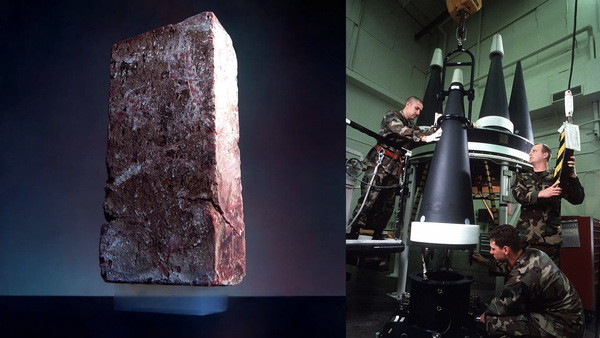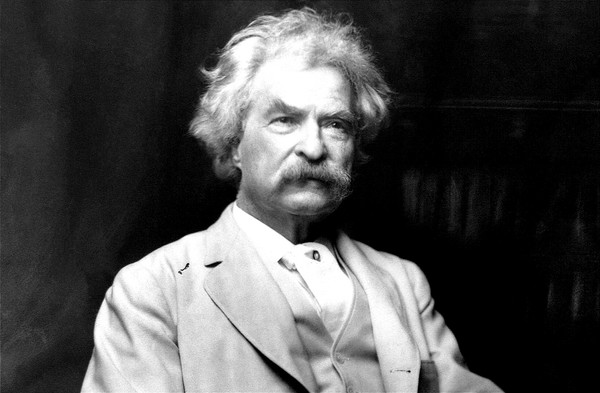DNA tests reveal the true prevalence of incest

From The Atlantic: "In 1975, a psychiatric textbook put the frequency of incest at one in a million. But this number is almost certainly a dramatic underestimate. The stigma around openly discussing incest, which often involves child sexual abuse, has long made the subject difficult to study. But widespread genetic testing is uncovering case after secret case of children born to close biological relatives—providing an unprecedented accounting of incest in modern society. The geneticist Jim Wilson, at the University of Edinburgh, was shocked by the frequency he found in the U.K. Biobank, an anonymized research database: One in 7,000 people, according to his unpublished analysis, was born to parents who were first-degree relatives—a brother and a sister or a parent and a child."
When sword fighting with rapiers led to a moral panic in Elizabethan London
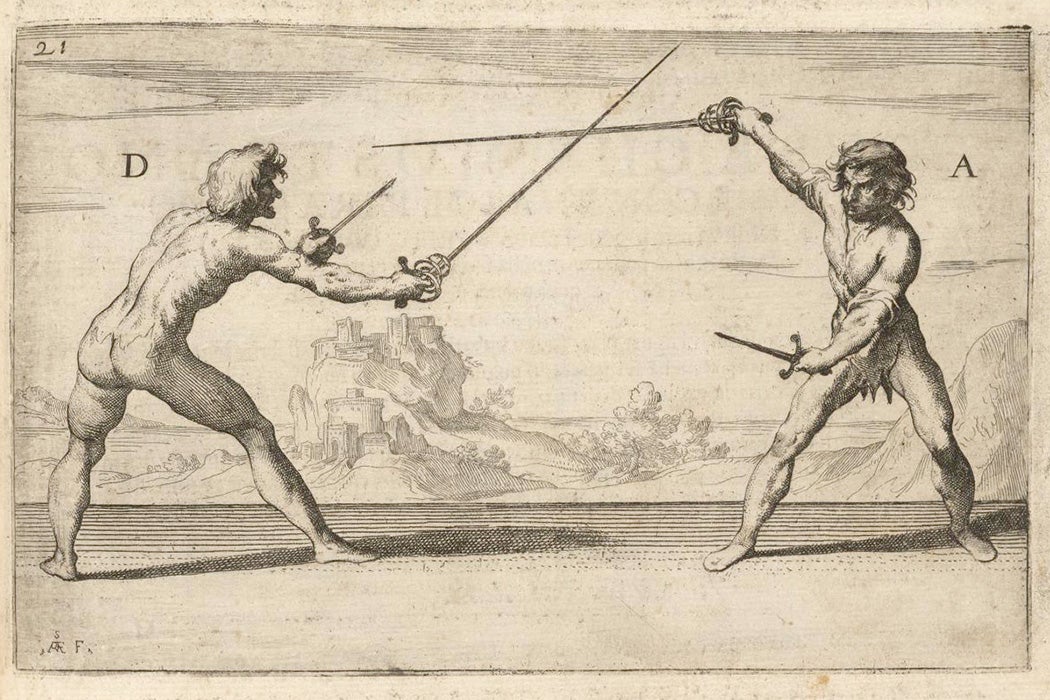
From JSTOR Daily: "Rocco Bonetti, founder of a highly controversial sword-fighting school in Elizabethan London, was detested by the local English fencing masters. He was challenged outside his school by a local named Austin Bagger, who not only stabbed him in the hands and feet, but trod on him afterward to show his contempt. Bonetti died of the wounds. At the time, London was swept up in the moral panic surrounding the adoption of the rapier. Long, slender, and razor-sharp, the rapier was usually paired with a second weapon, a small, left-handed parrying dagger, rather than a shield. The dagger evolved into striking, creative forms—sawtoothed blades that could be used to capture the opponent’s sword, or “trident” daggers that split into three at the press of a spring."
Memories are made by breaking strands of DNA and then fixing it
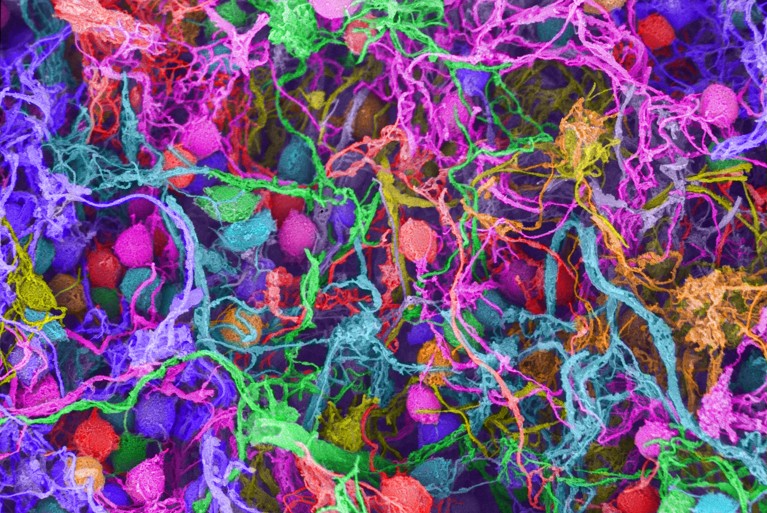
From Nature: "When a long-term memory forms, some brain cells experience a rush of electrical activity so strong that it snaps their DNA. Then, an inflammatory response kicks in, repairing this damage and helping to cement the memory, a study in mice shows. The findings are “extremely exciting”, says Li-Huei Tsai, a neurobiologist at the Massachusetts Institute of Technology. They contribute to the picture that forming memories is a “risky business." Normally, breaks in both strands of the double helix DNA molecule are associated with diseases including cancer. But in this case, the DNA damage-and-repair cycle offers one explanation for how memories might form and last. It also suggests a tantalizing possibility: this cycle might be faulty in people with neurodegenerative diseases such as Alzheimer’s, causing a build-up of errors in a neuron’s DNA."
Editor's note: If you like this newsletter, please share it with someone else. And if you really like it, perhaps you could subscribe, or contribute something via my Patreon. Thanks for being a reader!
Peter the Great tried to move Russia into the modern era by taxing facial hair
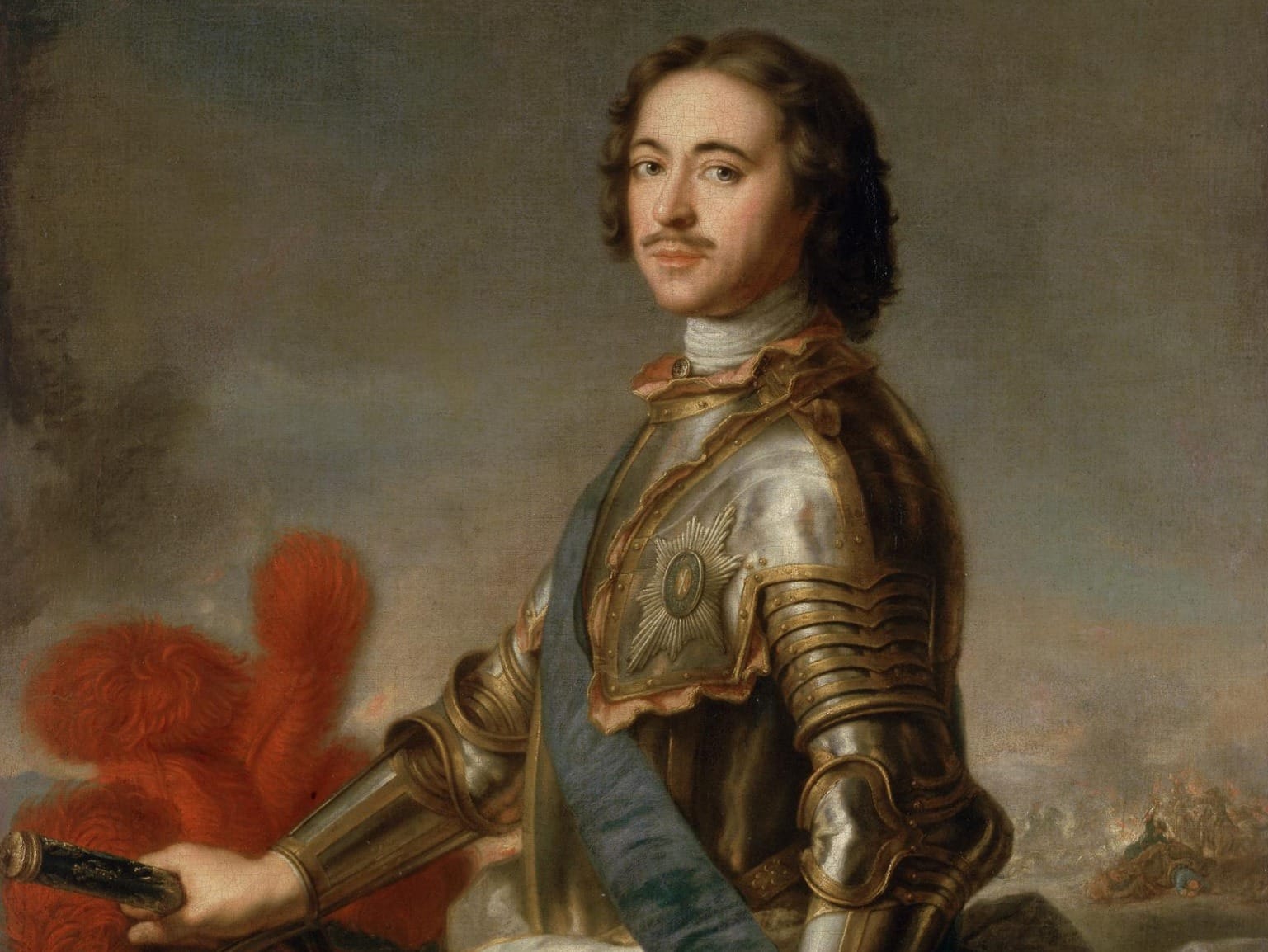
From Now I Know: "Peter the Great was the tzar of Russia from 1682 until his death in 1725. During that period, Europe was undergoing what is now known as the Age of Enlightenment. Russia was more medieval than Europe at the time, and Peter wished to move his people in the direction his European counterparts were going. He encouraged European dress, and tried to end Russia’s culture of arranged marriages. And he taxed beards. Peter saw facial hair as a carryover from the days of Russian antiquity. He ordered all men to shave their beards, from the Russian nobility down to the poorest peasant. Then he instituted a sliding-scale beard tax, the price of which varied based on the class and occupation of the owner. Pay it, and you get to keep your beard; otherwise, prepare to shave."
North Korean TV censored a BBC gardening show host's trousers
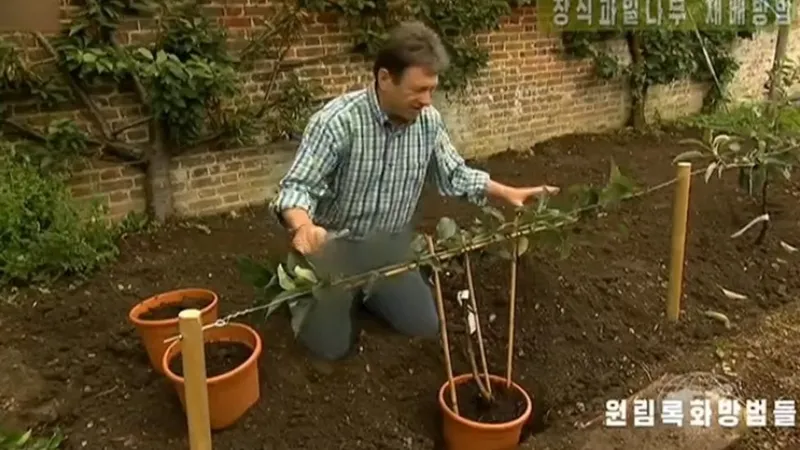
From the BBC: "North Korea's state television channel, Central TV, aired a 2010 edition of Alan Titchmarsh's Garden Secrets for its morning audience, but made sure that viewers could not see his jeans. Jeans are seen as a symbol of western imperialism in the secretive state and as such are banned. North Korea's rules prohibiting jeans have been in place since the 1990s. Back then, leader Kim Jong-il declared denim trousers to be a symbol of Western - and specifically American - imperialism, which had no place in a socialist state, according to Seoul-based NK News. In recent years, a crackdown on Western culture has reiterated this ban, with state-run newspaper Rodong Sinmun telling citizens in 2020 to reject what it termed "bourgeois culture" in favour of a "superior socialist lifestyle".
Inside the US Patent Office's collection of strange and unusual submissions

From The New Yorker: "From 1790 to 1880, the U.S. Patent Office first encouraged and then required an inventor to submit a model along with each application. These models—thousands of miniature devices, often exquisitely detailed—were then exhibited in Washington, D.C., in the office’s model gallery. Sometimes called the “Temple of Invention,” the gallery was a bustling landmark: it regularly attracted up to ten thousand visitors a month. But by the late nineteenth century it had effectively shut its doors. But a recent exhibit displayed some of the contestants: a tiny machine for making gingersnaps and a small burglar-proof safe; a tin evaporating pan, accessorized with rotating brass blades and powered by a wooden wheel. And an elegant wood-and-fabric miniature boat submitted by Abraham Lincoln, the only President to receive a patent."
An ocean of camping debris and detritus left on Mount Everest
The camping debris left behind on Mount Everest
— Science girl (@gunsnrosesgirl3) March 28, 2024
📹 tenzisherpa_1999
pic.twitter.com/RXyDkSggEO
Acknowledgements: I find a lot of these links myself, but I also get some from other newsletters that I rely on as "serendipity engines," such as The Morning News from Rosecrans Baldwin and Andrew Womack, Jodi Ettenberg's Curious About Everything, Dan Lewis's Now I Know, Robert Cottrell and Caroline Crampton's The Browser, Clive Thompson's Linkfest, Noah Brier and Colin Nagy's Why Is This Interesting, Maria Popova's The Marginalian, Sheehan Quirke AKA The Cultural Tutor, the Smithsonian magazine, and JSTOR Daily. If you come across something interesting that you think should be included here, please feel free to email me.


